6 Years Prior left Upper Lobe Complex Cystic Lesion
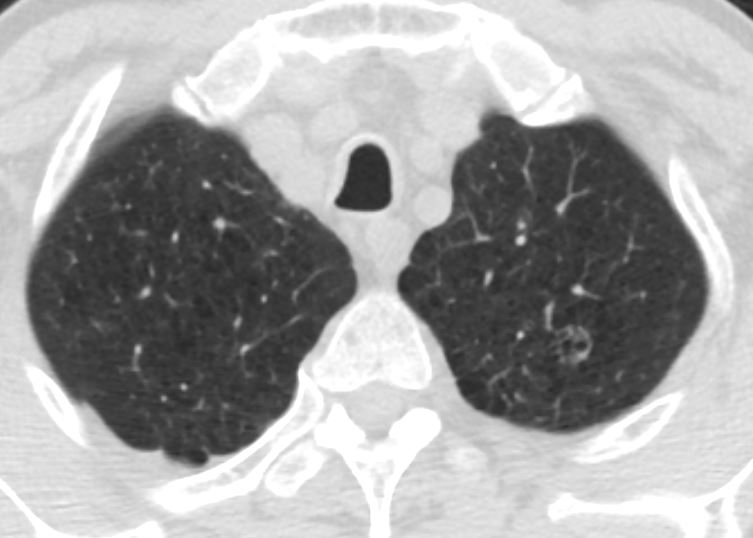
Final diagnosis Squamous Cell Carcinoma
Ashley Davidoff MD TheCommonVein.net
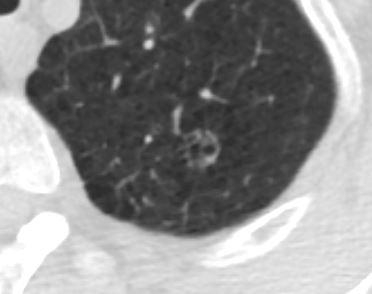
Final diagnosis Squamous Cell Carcinoma
Ashley Davidoff MD TheCommonVein.net
Growth of Cystic Lesion Over 6months
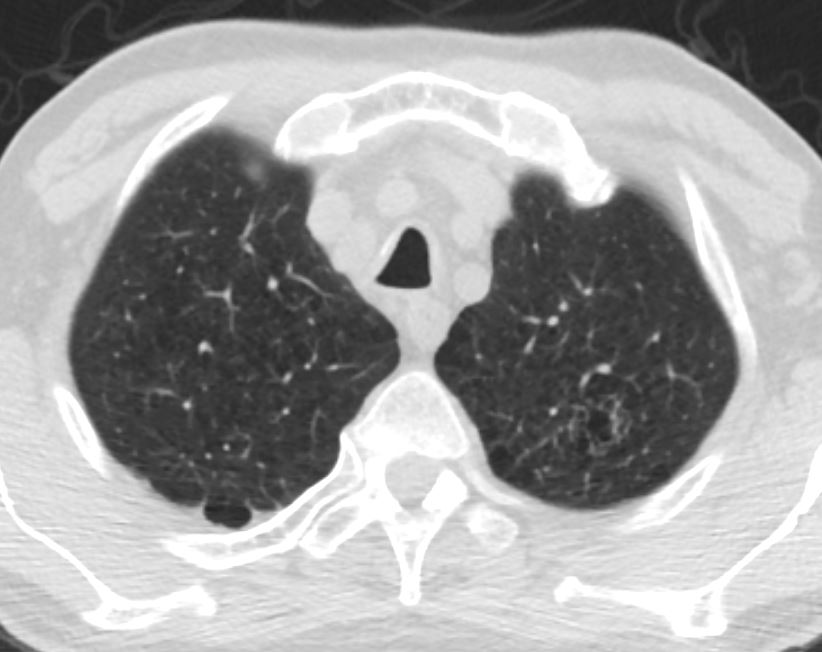
Final diagnosis Squamous Cell Carcinoma
Ashley Davidoff MD TheCommonVein.net
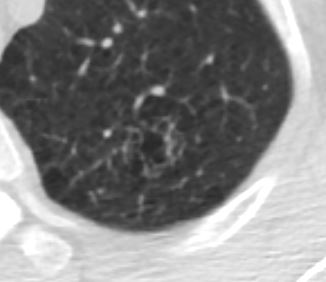
Final diagnosis Squamous Cell Carcinoma
Ashley Davidoff MD TheCommonVein.net
PET CT One Month Later
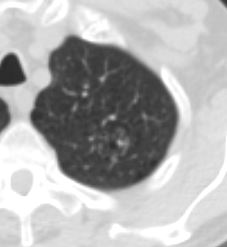
Final diagnosis Squamous Cell Carcinoma
Ashley Davidoff MD TheCommonVein.net
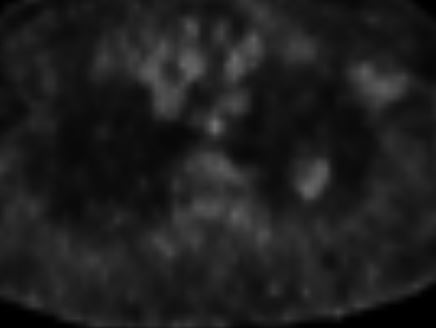
Final diagnosis Squamous Cell Carcinoma
Ashley Davidoff MD TheCommonVein.net
Significant Progression of Soft Tissue Growth
2 Months Later
Prior to Biopsy
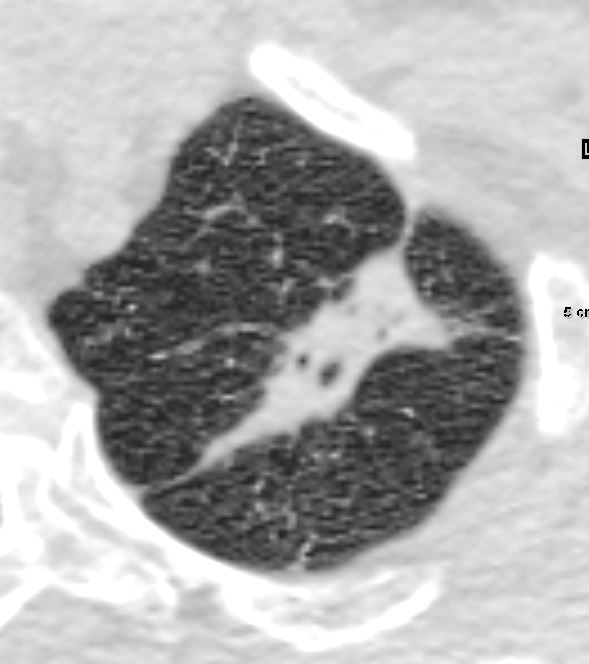
Final diagnosis Squamous Cell Carcinoma
Ashley Davidoff MD TheCommonVein.net
Lung Biopsy

CT scan performed during the the lung biopsy with the patient in prone position performed 2 months later shows appropriate positioning of the needle, with evidence of small amount of hemorrhage around the lesion caused by the procedure
Final diagnosis Squamous Cell Carcinoma
Ashley Davidoff MD TheCommonVein.net
